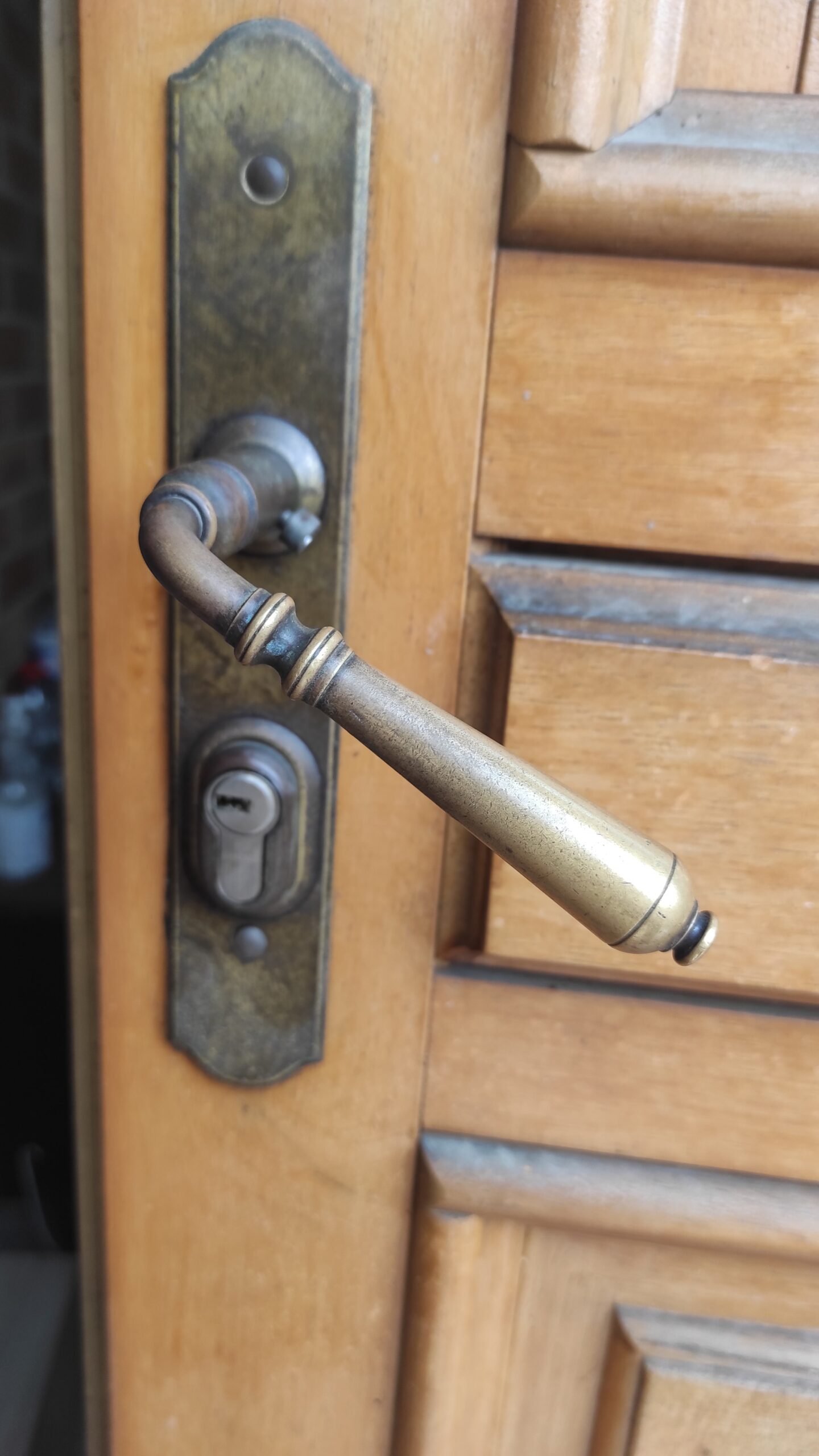Introduction: Iron Metal: Properties, Uses, and Importance
Iron is one of the fundamental elements that have shaped the evolution of our civilization. Since its discovery over 5,000 years ago, this metal has revolutionized the way we build, manufacture, and live. So much so that an entire period of human history, the Iron Age, is named after it. Even today, despite the emergence of new materials, iron remains at the heart of our industrialized world. From the structure of our buildings to the components of our electronic devices, and the vehicles we use daily, iron and its derivatives are omnipresent. This article offers a comprehensive exploration of this essential metal, from its scientific definition to its unique characteristics, natural sources, and manufacturing process.
Iron Metal:Definition
Iron, known by the chemical symbol Fe (from the Latin ferrum), is a transition metal that belongs to group 8 of the periodic table of elements. It is the fourth most abundant element in the Earth’s crust and constitutes a large part of our planet’s core. The term “iron” is the English name for metallic iron.
Iron Metal Definition in French
In French, “iron” simply translates to “fer métal.” This metal is recognized for its strength, ductility, and malleability, making it an essential material in numerous industrial sectors. Pure iron is relatively soft, but when alloyed with other elements, especially carbon, it forms steel, a material with remarkable mechanical properties.
What is Metallic Iron?
Metallic iron is a shiny, silver-gray metal that easily oxidizes in the presence of moisture and oxygen, forming rust. It is an essential metal not only for industry but also for living organisms. In humans, iron is a vital component of hemoglobin, responsible for transporting oxygen in the blood.
Where is Iron Metal Found?
Metallic iron is primarily found in the Earth’s crust in the form of ores. The most important deposits include:
- Hematite (Fe₂O₃) – contains up to 70% iron
- Magnetite (Fe₃O₄) – contains about 72% iron
- Siderite (FeCO₃) – less rich in iron but mined in certain regions
- Limonite and Goethite – hydrated ores commonly extracted
The world’s largest iron ore producers are Australia, Brazil, China, India, and Russia. These deposits are typically mined through open-pit or underground extraction, depending on the depth and configuration of the ore.
What is the Raw Material for Iron Metal?
The primary raw material for metallic iron is iron ore, which contains iron in the form of oxides. These ores are extracted from mines and undergo several processing steps to extract pure metal.
The main ores used as raw materials are:
- Hematite (Fe₂O₃)
- Magnetite (Fe₃O₄)
- Limonite (FeO(OH)·nH₂O)
- Taconite (rock containing fine magnetite particles)
These ores must be processed in blast furnaces with coke (carbon) and limestone to obtain pig iron, which is then transformed into metallic iron or steel.
How is Iron Metal Manufactured?
The production of metallic iron involves several key steps:
- Ore Extraction: Iron ores are mined, crushed, and ground.
- Concentration: The ore is concentrated to increase its iron content, usually through magnetic separation or flotation.
- Agglomeration: Fine ore is transformed into pellets or sintered material to facilitate use in the blast furnace.
- Reduction in the Blast Furnace: The ore is loaded into a blast furnace with coke (fuel) and limestone (flux). At temperatures reaching 1600°C, the carbon in the coke reduces iron oxides to liquid metallic iron.
- Pig Iron Production: The initial product from the blast furnace is pig iron, containing about 4% carbon and other impurities.
- Refining: To obtain steel, pig iron is refined in converters where oxygen is blown in to reduce the carbon content to less than 2%.
- Shaping: The metal is then cast and shaped as needed (ingots, billets, sheets, etc.).
Alternative processes, such as direct reduction, also allow the production of metallic iron while avoiding certain steps of the traditional process.
What are the Characteristics of Iron Metal?
Metallic iron possesses several characteristics that make it a versatile and indispensable metal:
Physical Properties:
- Melting Point: 1538°C
- Density: 7.87 g/cm³
- Color: Silver-gray
- Crystal Structure: Body-centered cubic (at room temperature)
- Thermal Conductivity: Moderate
- Electrical Conductivity: Relatively good
Mechanical Properties:
- Good tensile strength
- High ductility (can be drawn into wires)
- Malleability (can be forged and rolled)
- Variable hardness depending on carbon content and heat treatment
Chemical Properties:
- Highly reactive with oxygen (rust formation)
- Strong magnetic properties (ferromagnetism)
- Ability to form numerous alloys with other metals
- Various oxidation states (mainly Fe²⁺ and Fe³⁺)
These characteristics make metallic iron a material of choice for countless applications, from construction to kitchen utensils, vehicles, machinery, and tools.
Applications of Iron Metal in Metalworking, Metallurgy, Locksmithing, and Security
Metallic iron and its alloys play a fundamental role in several modern metallurgical industries, particularly in the manufacturing of security and protection products. Here’s how this essential metal is used in these specific sectors:
Metalworking and Metallurgy
The metallurgy of metallic iron is one of the most important branches of the global metallurgical industry. In this field, iron is transformed into different alloys and finished products:
- Special Steels: Iron alloys with chromium, nickel, or molybdenum are developed for specific applications requiring high corrosion or temperature resistance.
- Metal Profiles: Metallic iron is rolled into various shapes (I, H, L, T) to create structural elements used in construction and architecture.
- Sheets and Plates: Rolling metallic iron produces flat surfaces of various thicknesses, essential for manufacturing many industrial products.
- Heat Treatments: Quenching, annealing, and tempering are applied to ferrous alloys to modify their mechanical properties based on specific needs.
Locksmithing
The locksmithing sector utilizes the mechanical properties of metallic iron and its alloys to create secure locking systems:
- Lock Mechanisms: Internal lock parts, such as strikes, bolts, and springs, are often made of hardened steel to ensure durability and strength.
- High-Security Cylinders: Premium lock cylinders use precise iron alloys to provide optimal resistance against picking and drilling.
- Keys and Bars: Precision machining of ferrous alloys allows for the manufacture of complex key profiles and robust security bars.
- Decorative Hardware: Iron metal alloys combine strength and aesthetics in the design of handles, knockers, and other hardware elements.
High-End Security Doors
The manufacturing of high-resistance security doors relies heavily on the exceptional properties of metallic iron and its alloys:
- Internal Structure: High-end security doors integrate reinforced steel frames and strategically placed steel plates to withstand break-in attempts.
- Multi-Point Locking Systems: Locking mechanisms made of hardened steel significantly increase door resistance against prying or cutting attacks.
- Anti-Drill Special Steels: Manganese or special steel plates are incorporated into critical areas to prevent lock drilling.
- Reinforced Hinges: Security door hinges are designed in solid steel to support the door’s weight while resisting removal attempts.
- Resistance Certification: Security doors are classified according to strict standards (such as the European EN 1627 standard), evaluating their break-in resistance, often thanks to the properties of the steels used.
Metal Shutters and Rolling Security Shutters
Metallic shutters and security rolling shutters also benefit from the unique properties of metallic iron:
Rolling Mechanisms: Winding shafts and motorization systems incorporate steel components designed to withstand heavy industrial loads.
Galvanized Steel Slats: The slats composing metal shutters are typically made of galvanized steel, combining strength and corrosion resistance.
Guidance Systems: Steel rails and side guides ensure smooth operation while reinforcing overall system strength.
The constant evolution of metallurgical techniques now makes it possible to develop increasingly high-performance steels, combining lightness with exceptional strength. These innovations have direct applications in the field of security, where the quality of materials and their intrinsic resistance serve as the first line of defense against break-in attempts. Iron metal and its alloys remain at the heart of the most technologically advanced protection solutions.
Conclusion
Iron metal, both a simple and complex material, remains one of the pillars of our modern industrial world. Its relative abundance in the Earth’s crust, remarkable properties, and ability to form alloys with diverse characteristics make it an irreplaceable material. From metal bridges to microprocessors, from automobiles to needles, iron metal is present in nearly every aspect of our daily lives.
In response to today’s environmental challenges, the steel industry is constantly evolving to reduce its carbon footprint and develop more eco-friendly processes. The electrification of blast furnaces, the use of hydrogen as a reducing agent, and improvements in recycling are all avenues being explored to ensure a sustainable future for this essential industry.
Despite the emergence of new materials such as composites and lightweight alloys, iron metal and steel maintain their dominant position in many sectors thanks to their versatility, relatively affordable cost, and proven performance. As we enter an era marked by energy transition and sustainable development, iron metal continues to adapt and reinvent itself, demonstrating its fundamental importance in the technological evolution of humanity.


